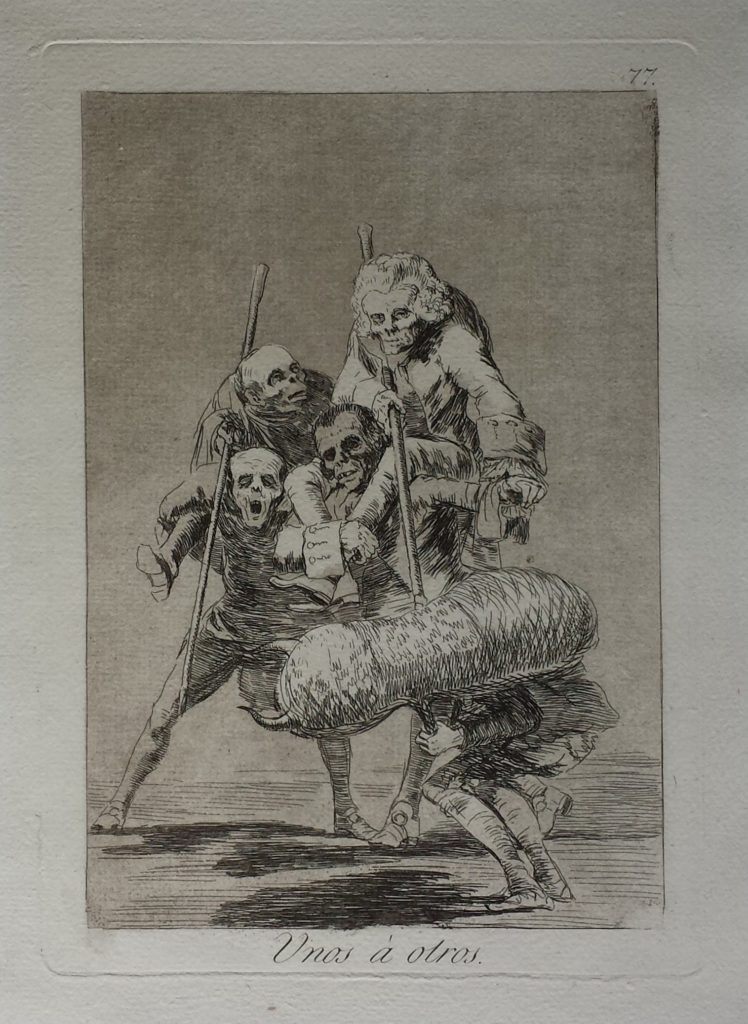The Art of Printmaking
Printmaking is an artistic process based on the principle of transferring images from a matrix onto another surface, printmaking most often involves either fabric or paper. Traditional printmaking techniques include engraving, etching, lithography and woodcut, whilst artists in more modern times have expanded the techniques available to also include screenprinting.
Essentially, a matrix is a template which is fashioned from either glass, metal or wood. The design is added to this matrix by working its flat surface using either chemicals or tools before being inked in ready to be transferred on to the desired surface.
Printing from a matrix means applying just the right amount of pressure which in itself is something of an art form. Often done using a printing press it creates an even impression of the design when it is printed on to the fabric or paper (screenprinting has no requirement for a press). The print that results is generally the mirror image of the original design that was put on to the matrix. Excluding monotype printing, printmaking is ideal for allowing multiple impressions of the same design from a single matrix to be reproduced over and over again.
In an era when information is shared and copied instantaneously, it’s easy to forget that the reproduction and distribution of documents, ideas or pieces of art was once considered miraculous. Printmaking developed as a way to meet one of the most basic of human of desires: to spread an image or idea far beyond its origin. Before copy machines, cameras and scanners, the reproducibility of prints was highly appealing to artists and thinkers looking to disseminate their work, and prints were soon considered an art form in their own right.
There are three main different styles of printmaking; Woodcuts (such as Japanese Woodblock art), the Intaglio technique and Lithographs.
Woodcut Print
Printmaking by woodcuts are created with the carving a design into a piece of wood and rolling its surface with ink to form a print. Characterised by striking, vibrant colours and soft and define lines, Utagawa Kunisada’s work below is a good example as it beautifully shows the wood block matrix by exposing the wood’s grain.

Intaglio Printing
Next there’s the Intaglio printmaking technique, involving the rubbing of ink into an incised image on a metal plate before wiping away the surface ink. There is a large variety of types of intaglio, from engraving and etching to mezzotint and spit-bite, with each one characterised by minimal variations in technique. A great example is Francisco de Goya’s etching “Unos À Otros”. Although the fine lines look remarkably similar to those created by a standard ink pen on paper, the velvety lines of the impression are in fact slightly raised. This happens when the paper is forced into the grooving of the incised image, and when observed up close this gives a richer finish.

Lithograph Printing
Finally there are lithographs, developed on the basis that oil and water repel each other. Lithographs look almost the same as drawings made with ink, crayon or pencil (an example being Henri Matisse’s “Nu au coussin bleu”). In fact, lithographs use these precise tools, except for having a marginally different chemical makeup.

Having drawn on to the surface of a stone with special grease-based drawing implements, water is applied to the stone’s surface and clings to places that don’t hold a drawing. Oily ink which has been repelled by the water will cling only to the drawing material and will then be rolled on to the stone’s surface. Widely used by both fine artists and those in the commercial sphere as a means of mass producing information and images, lithography has been around since the 19th century and is widely considered a precursor to the modern methods of reproducing artwork we use today.
Print Studios
Discover fine prints made by today’s leading printmakers.
